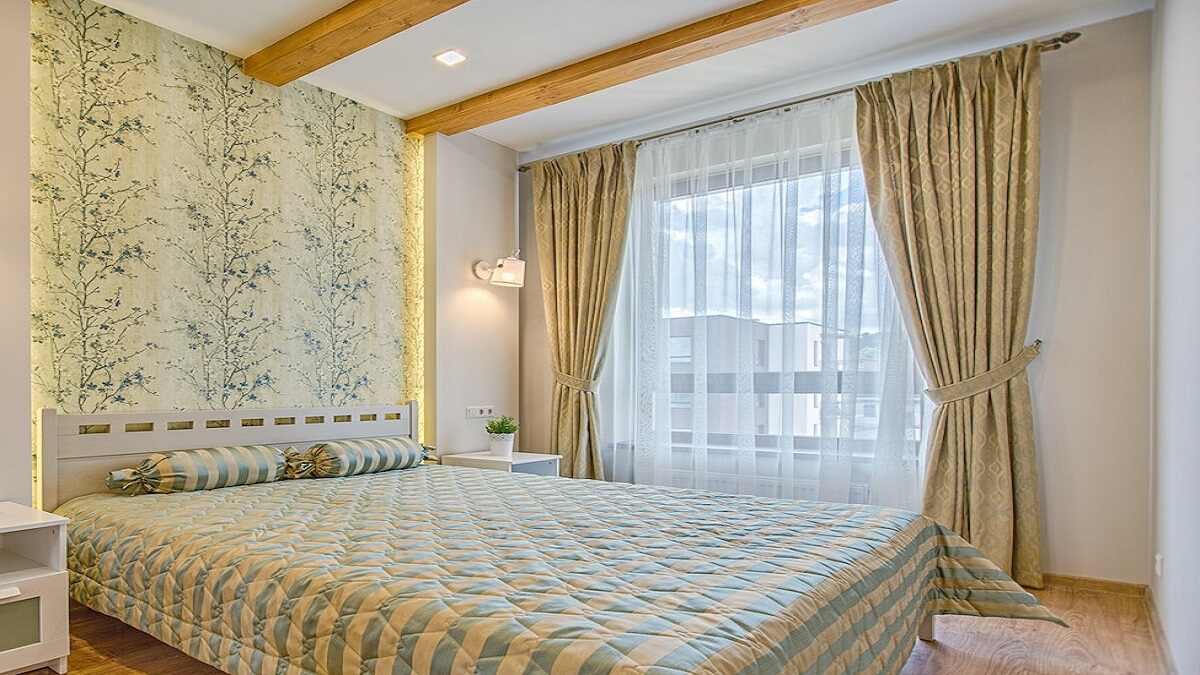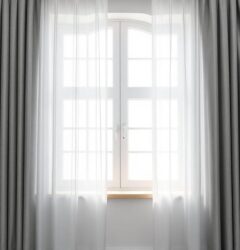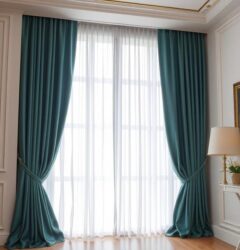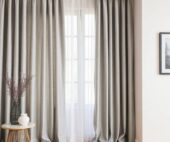Window curtains are decorative and functional window treatments that serve several purposes. They are used to control the amount of light entering a room, provide privacy, and enhance the overall aesthetics of the space. Here are some key aspects of window curtains:
- Material:
- Curtains come in a variety of materials, including cotton, linen, polyester, silk, and more. The choice of material can impact the overall look and feel of the curtains.
- Styles:
- There are various curtain styles to choose from, such as panels, drapes, valances, and more. The style you choose depends on your preference and the overall decor of the room.
- Colors and Patterns:
- Curtains are available in a wide range of colors and patterns, allowing you to match them with the existing color scheme and decor of your room.
- Length:
- Curtains come in different lengths, from short cafe curtains to floor-length drapes. The length you choose depends on factors like the height of your windows and your personal style preferences.
- Lining:
- Some curtains come with lining, which can enhance their appearance and functionality. Lined curtains can provide better insulation, block more light, and offer increased privacy.
- Hardware:
- Curtain rods and finials are essential components for hanging curtains. There are various styles and materials available for curtain hardware, allowing you to complement the overall design of your space.
- Functionality:
- Consider the functionality you need from your curtains. If you want to block out light completely, you might choose blackout curtains. Sheer curtains, on the other hand, allow more light to filter through while providing a level of privacy.
- Maintenance:
- Different materials have varying maintenance requirements. Some curtains are machine-washable, while others may need to be dry-cleaned. Consider how much time and effort you’re willing to invest in curtain maintenance.
When choosing window curtains, it’s important to consider both the practical and aesthetic aspects to achieve the desired look and functionality for your space. Additionally, take into account the natural light levels in the room, the level of privacy you need, and any specific design preferences you may have.







